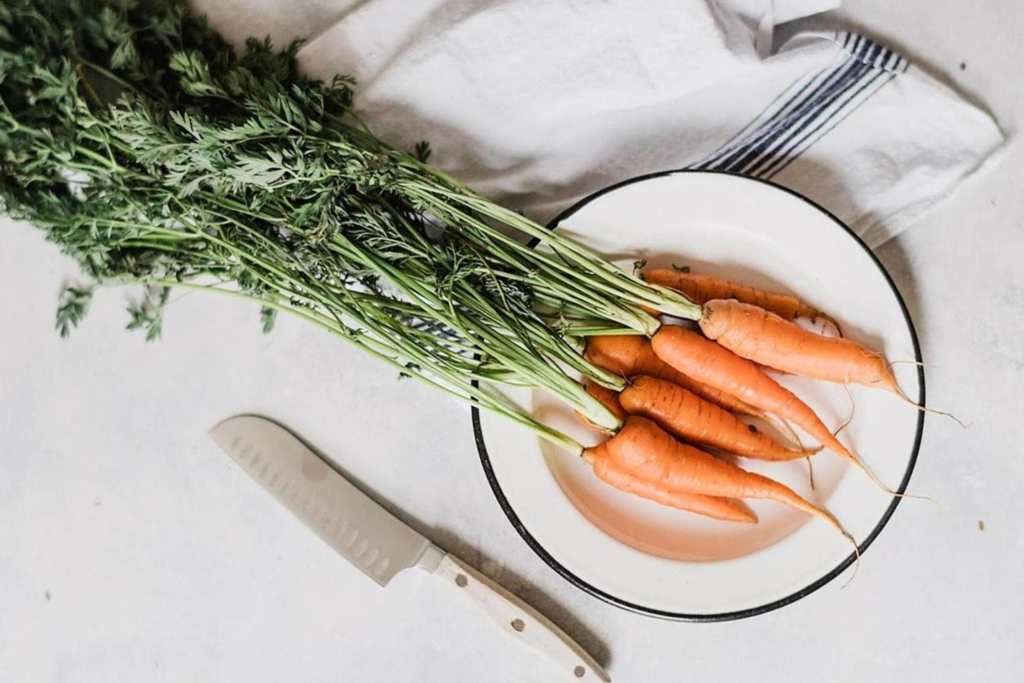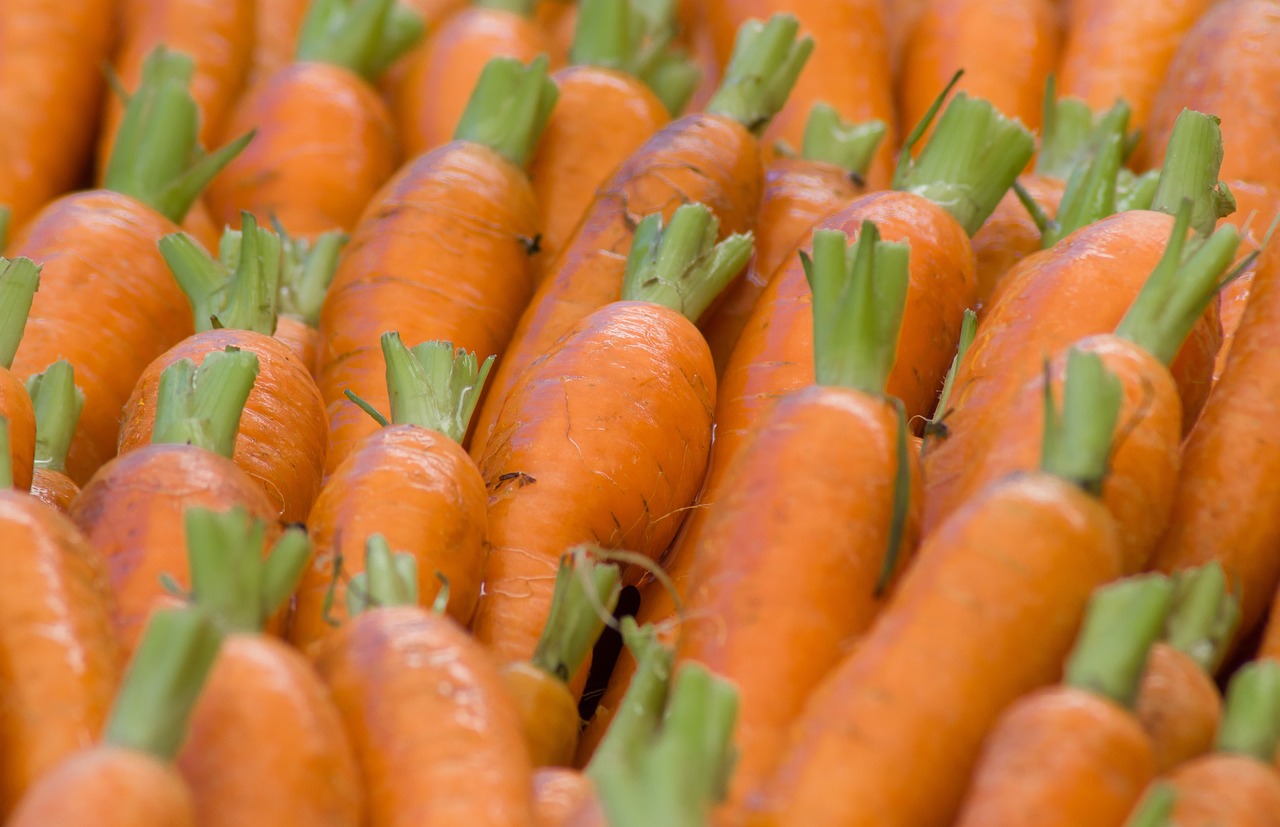There’s a unique sense of satisfaction in harvesting your homegrown crops, especially when it comes to carrots, with their bright orange color peeking through the soil. But what happens when you’re eagerly anticipating a sizeable and crunchy harvest only to pull up tiny carrots from your garden? Why are the carrots from your garden so small, and more importantly, what can be done about it? Let’s delve into the possible reasons and solutions for your pint-sized produce.
Reasons Behind Small Carrots

Inadequate Spacing
One of the most common reasons behind small carrots is inadequate spacing. Carrots need sufficient space to spread their roots and grow. If planted too close together, they’ll compete for nutrients and space, inevitably affecting their size.
Poor Soil Quality
Carrots are a root crop and rely heavily on the soil’s quality for their growth. Hard, compacted, or heavy clay soil can stunt their growth and lead to small, deformed carrots. Likewise, the lack of essential nutrients such as potassium and phosphorus in the soil can adversely affect their size.
Insufficient Watering
Proper watering is vital for the growth and development of carrots. Inconsistent watering can lead to deformed and stunted growth due to uneven absorption of nutrients and expansion of the roots.
Planting Season
Carrots, being a cool-season crop, thrive best when planted in early spring or late summer. Planting them in extreme temperatures can cause stress to the plant and result in smaller roots.
Tips for Growing Larger Carrots

Ensure Proper Spacing
When planting, make sure your carrot seeds are adequately spaced. Sow them at least 2-3 inches apart. This way, each plant gets sufficient space and nutrients to grow and develop.
Improve Soil Quality
Opt for loamy or sandy soil that is loose and well-draining for your carrot bed. If your soil is hard or clayey, consider amending it with organic compost or sand to improve its texture and nutrient content. Regular soil testing can also help you identify and address any nutrient deficiencies in the soil.
Consistent Watering
Water your carrots consistently, aiming for evenly moist soil, especially during dry spells. But remember, overwatering or poor drainage can lead to root rot, so ensure your soil is well-draining.
Appropriate Planting Season
Plant your carrots in early spring or late summer to provide optimal growing conditions. Avoid planting them during the hottest part of the summer or the coldest part of the winter.
Embrace the Small Carrots
While small carrots may not be what you initially anticipated, they’re not a total loss. In fact, they can be quite sweet and tender. And in the culinary world, baby carrots are prized for their sweetness and are perfect for pickling or adding to gourmet dishes.
Conclusion
Experiencing a harvest of small carrots can be initially disappointing, but understanding the reasons behind this issue is the first step toward enhancing your future yields. Adhering to the suggestions mentioned above can significantly improve the size of your carrots. However, remember that gardening is an art involving patience and continual learning. Even seasoned gardeners occasionally face setbacks, so take these small carrots as an opportunity to learn, innovate, and grow as a gardener. And in the meantime, enjoy the unique tenderness and flavor that these petite carrots bring to your table!


Leave a Reply